How big, how old, and how dense is the Universe?
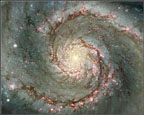 |
An exploration by Jeff Vogtschaller
University of Wisconsin, Madison |
|---|
 |
An exploration by Jeff Vogtschaller
University of Wisconsin, Madison |
|---|
How do astronomers know how far away all those exotic stars and galaxies are, how can they tell there are planets around other stars, and how do we know the universe is expanding? The answer to these questions is all the same!
 The Nature of Light
The Nature of Light 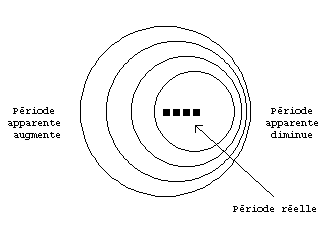 The Doppler Shift
The Doppler Shift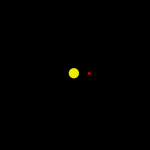 Wobble Stars
Wobble Stars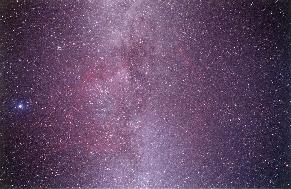 Truth in Advertizing
Truth in Advertizing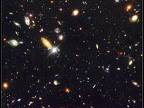 Things that go BANG! in the night
Things that go BANG! in the night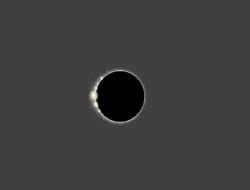 Bailey's Beads
Bailey's Beads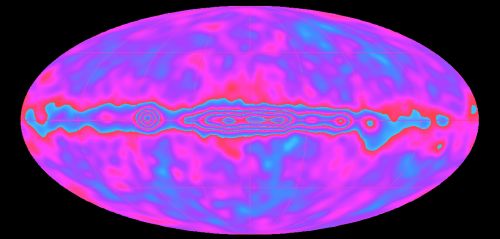 Warm Fuzzy Glow
Warm Fuzzy Glow Let me introduce you to...
Let me introduce you to...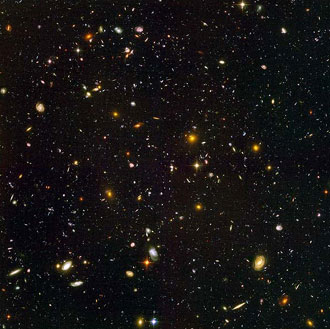 A long time ago in a galaxy far, far away
A long time ago in a galaxy far, far away More Things that go BANG! in the night
More Things that go BANG! in the night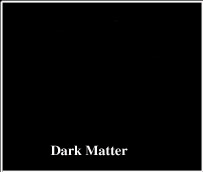 Dark Matter (or, May the Force be with you!)
Dark Matter (or, May the Force be with you!)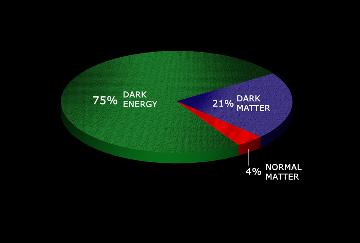 The 74% Solution (Dark Energy)
The 74% Solution (Dark Energy)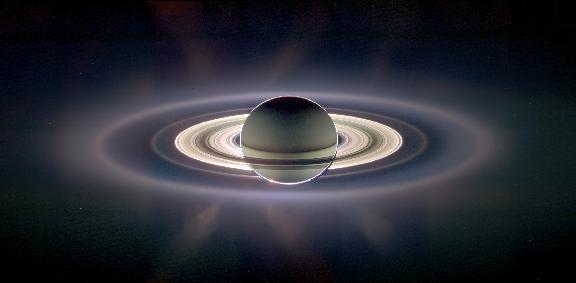 Dark and a Dot Where It's Not
Dark and a Dot Where It's Not 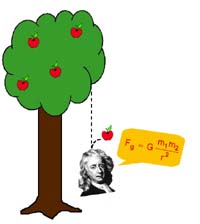 Gravity is Really Weak?
Gravity is Really Weak? Unknowable?
Unknowable?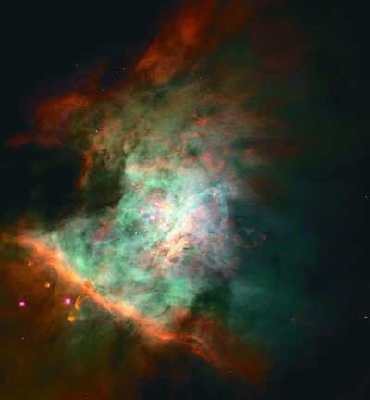 Planets
Planets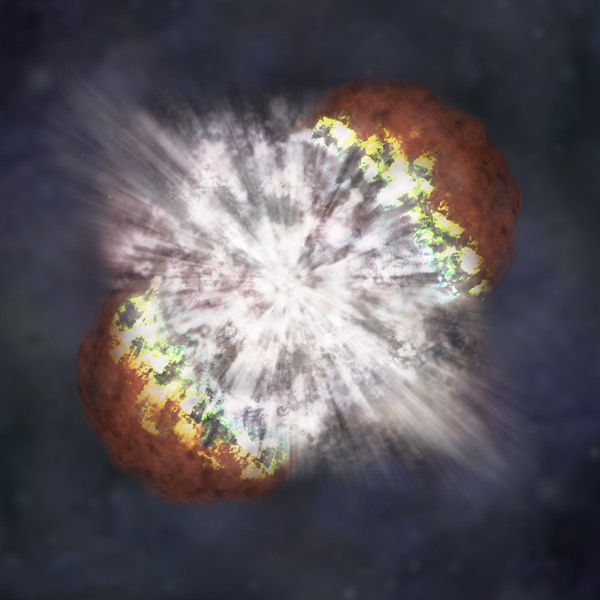 Best Bang Since the Big One
and Quark Stars
Best Bang Since the Big One
and Quark Stars
Image Credits:
Whirlpool galaxy from the Hubble Space Telescope
Yellow flame from PrintShop 20
Colorful CD from PrintShop 20
Multitude of colors from PrintShop 20
Continuous spectrum from
Nick Strobel's Astronomy Notes. Visit his site at www.astronomynotes.com
emission-absorption spectrum from
Nick Strobel's Astronomy
Notes. Visit his site at
www.astronomynotes.com
Doppler diagram from www.astronomes.com
Electromagnetic spectrum by NASA/JPL-Caltech;
Wobbling star from +plus Magazine
center of mass & sodium spectra by Deborah Scherrer, Stanford Solar
Center
Hubble Deep Field image from HST, NASA
Solar eclipse image from NASA at There
Goes the Sun
Cobe-max image from
Nobel Prize in Physics for Confirming the Big Bang
Einstein photograph by Oren J. Turner (1947)
Dark matter images from NCAR's Windows to the Universe
Dark energy "pie" from NASA's Chandra website at More
images...
Eclipse image of Saturn from NASA, Cassini mission. See
In the Shadow of Saturn